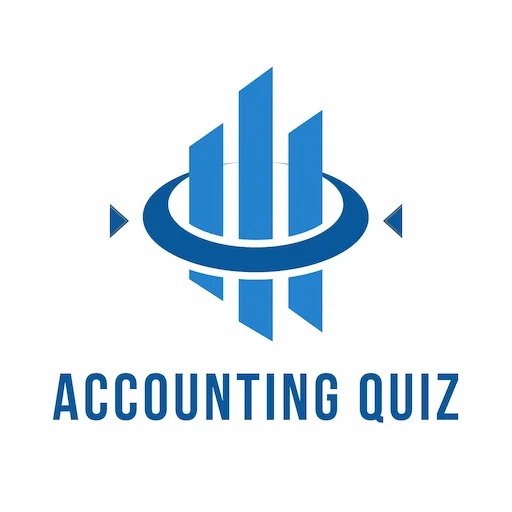issuing bonds in primary markets
Sales of newly issued bonds are referred to as primary market transactions. Newly issued bonds can be registered with securities regulators for sale to the public, a public offering, or sold only to qualified investors, a private placement.
A public offering of bonds in the primary market is typically done with the help of an investment bank. The investment bank has expertise in the various steps of a public offering, including:
- Determining funding needs.
- Structuring the debt security.
- Creating the bond indenture.
- Naming a bond trustee (a trust company or bank trust department).
- Registering the issue with securities regulators.
- Assessing demand and pricing the bonds given market conditions.
- Selling the bonds.
Bonds can be sold through an underwritten offering or a best efforts offering. In an underwritten offering, the entire bond issue is purchased from the issuing firm by the investment bank, termed the underwriter in this case. While smaller bond issues may be sold by a single investment bank, for larger issues, the lead underwriter heads a syndicate of investment banks who collectively establish the pricing of the issue and are responsible for selling the bonds to dealers, who in turn sell them to investors. The syndicate takes the risk that the bonds will not all be sold.
A new bond issue is publicized and dealers indicate their interest in buying the bonds, which provides information about appropriate pricing. Some bonds are traded on a when issued basis in what is called the grey market. Such trading prior to the offering date of the bonds provides additional information about the demand for and market clearing price (yield) for the new bond issue.
In a best efforts offering, the investment banks sell the bonds on a commission basis. Unlike an underwritten offering, the investment banks do not commit to purchase the whole issue (i.e., underwrite the issue).
Some bonds, especially government bonds, are sold through an auction.
U.S. Treasury securities are sold through single price auctions with the majority of purchases made by primary dealers that participate in purchases and sales of bonds with the Federal Reserve Bank of New York to facilitate the open market operations of the Fed. Individuals can purchase U.S. Treasury securities through the periodic auctions as well, but are a small part of the total.
In a shelf registration, a bond issue is registered with securities regulators in its aggregate value with a master prospectus. Bonds can then be issued over time when the issuer needs to raise funds. Because individual offerings under a shelf registration require less disclosure than a separate registration of a bond issue, only financially sound companies are granted this option. In some countries, bonds registered under a shelf registration can be sold only to qualified investors.
